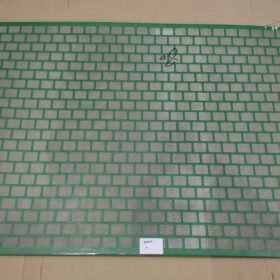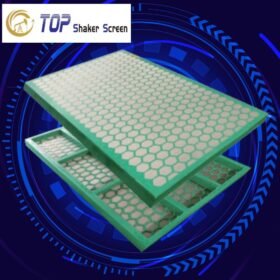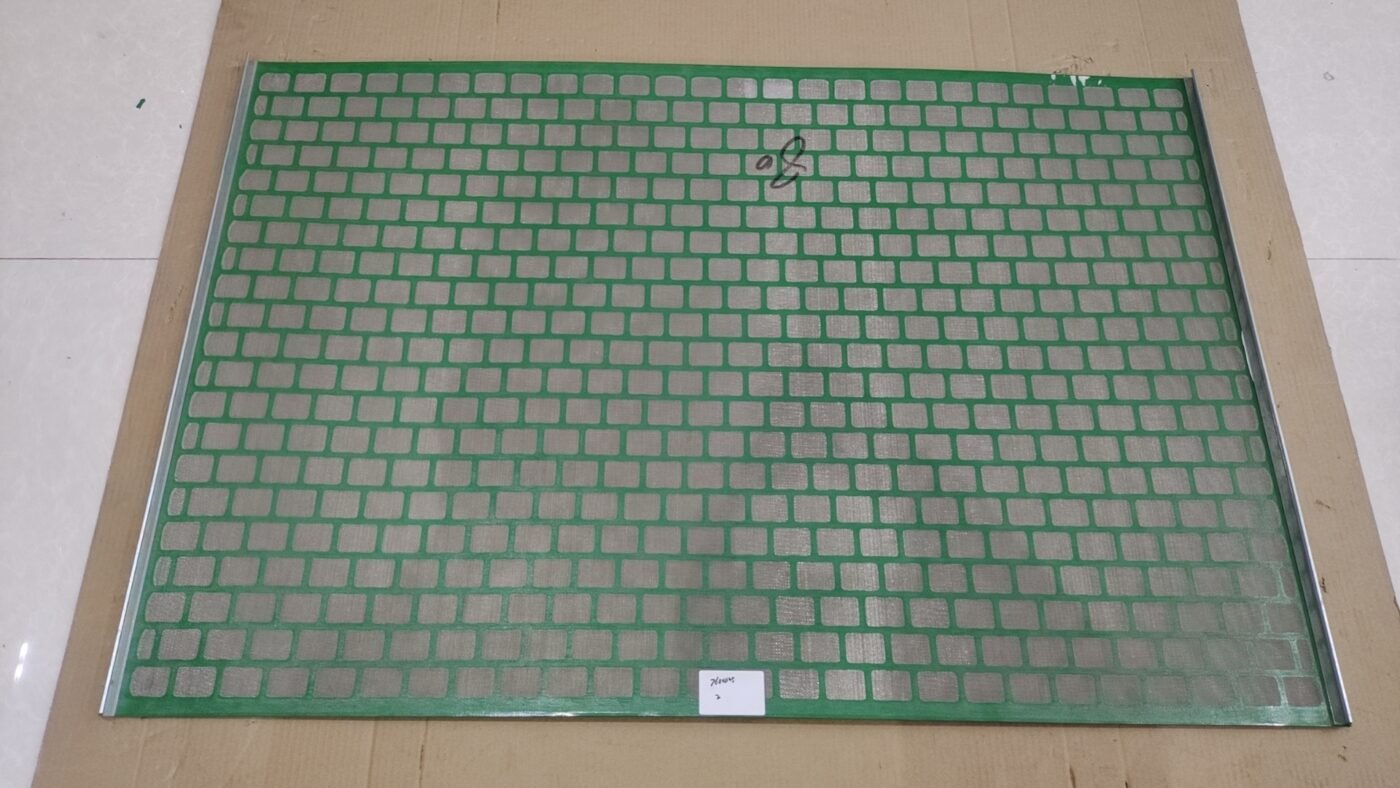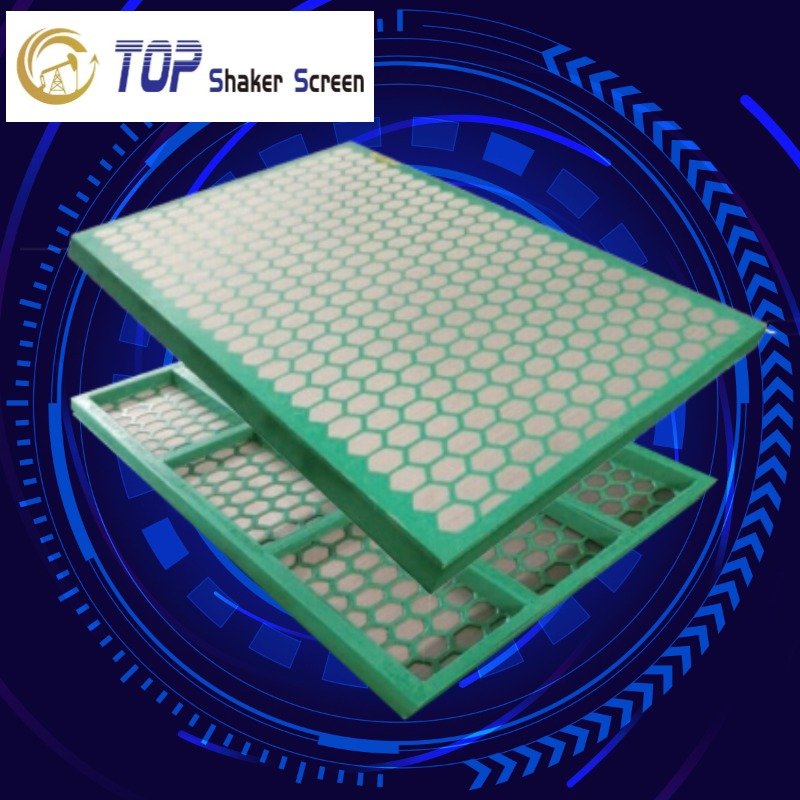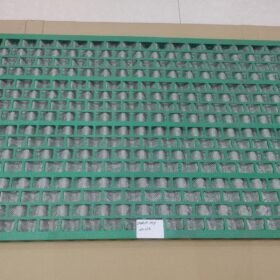
Introduction: In oil drilling operations, selecting the appropriate shale shaker screen is crucial for
efficient solids control and optimal drilling performance. Two common types are Hookstrip
Flat Screens and Shaker Screens, each with distinct construction and benefits.
1. Hookstrip Flat Screens
Construction: Hookstrip Flat Screens consist of two or three layers of 304 or 316 stainless steel wire mesh,
bonded to a steel backing plate. The mesh layers vary in mesh size and wire diameter to achieve the desired
filtration efficiency. The steel backing plate provides structural support, ensuring the screen maintains its shape under operational stresses.
Advantages:
Durability: The robust construction offers a longer service life, reducing the frequency of replacements.
Effective Filtration: The layered mesh design effectively separates solids from drilling fluids, enhancing drilling efficiency.
Compatibility: Suitable for various shale shaker models, providing flexibility in equipment selection.
2. Shaker Screens
Construction: Shaker Screens are constructed with two or three layers of 304 or 316 stainless steel wire mesh,
compounded and bent, then combined with a steel backing plate. This design increases the filtering area by
120% to 150% compared to Hookstrip Flat Screens, resulting in improved filtration efficiency.
Advantages:
Enhanced Filtration Area: The increased surface area allows for more efficient separation of solids from drilling fluids.
Improved Performance: The design contributes to better overall performance in solids control systems.
Cost-Effectiveness: Despite the enhanced features, these screens are often competitively priced, offering good value.
Conclusion: Choosing between Hookstrip Flat Screens and Shaker Screens depends on specific operational requirements,
including desired filtration efficiency, equipment compatibility, and budget considerations. Both types offer distinct advantages
that can significantly impact drilling performance and cost-effectiveness.

